This post was originally posted on our Medium Publication on Ritual Design.
—
Part 1 of a multi-part series on Ritual Design

Hello, welcome to this post.
Take a moment to take a deep breath three times.
Now, make a wish for tomorrow.
Write the wish down on scratch paper (or a virtual note).
Now close the note, and say your wish aloud three times while you do.
Welcome to ritual design — where we create new small moments to spark something meaningful with our target users. We believe in the power of rituals both as a tool and as an end-goal for practitioners (designers, technologists, and beyond) who are trying to engage their users in lively, deep ways.
We (Kursat Ozenc and Margaret Hagan) have been exploring how rituals can intersect with design work. In this multi-part series, we introduce a ritual design framework for practitioners working in different product/service genres.
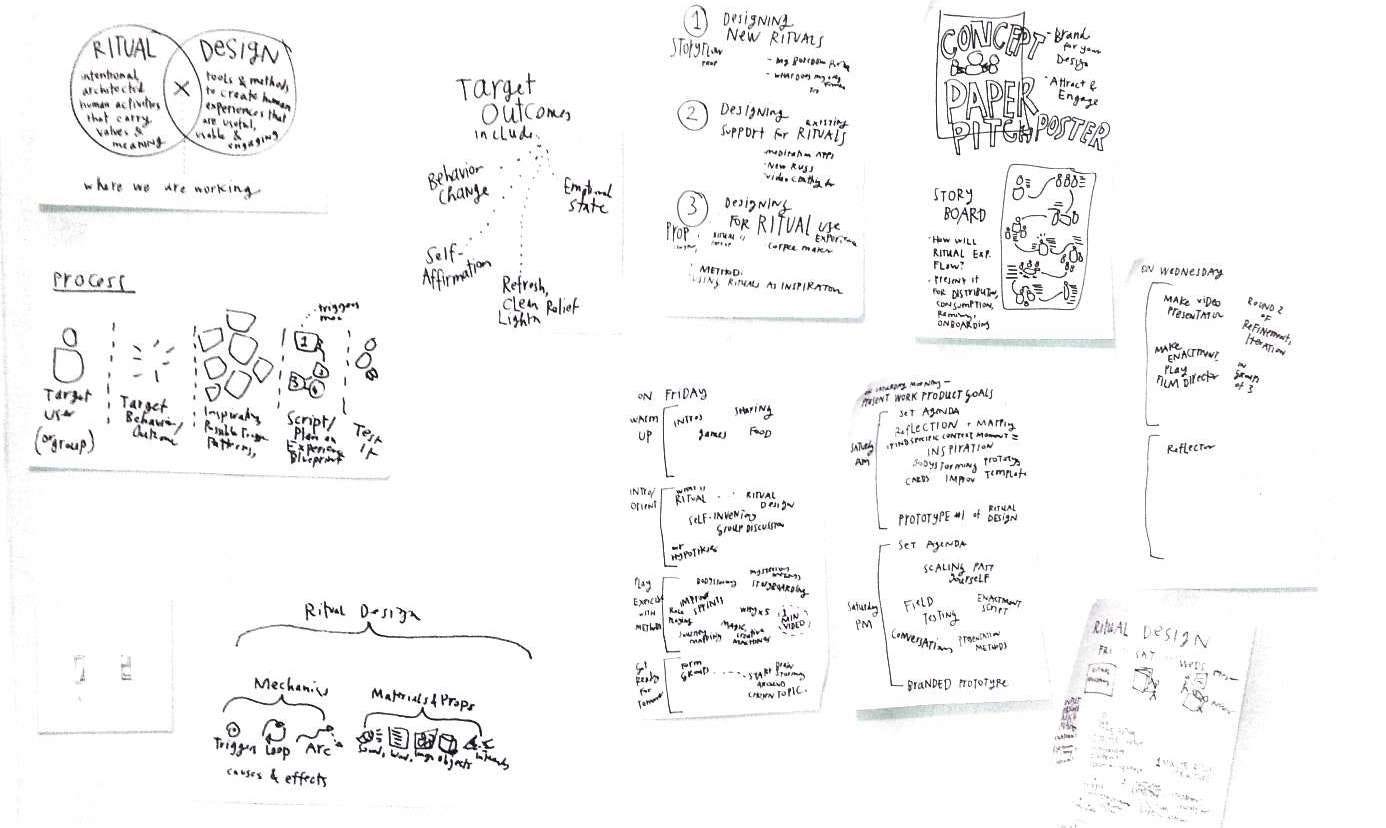
In this first part, we begin with why ritual design is important — especially for behavior and organizational design, and what the existing examples are out there of ritual-oriented designs.
In coming posts, we will report on two ritual design pop-up classes (workshops) we ran with over 70 Stanford students at the Stanford d.school. Finally, we will dive into how designers can craft and use rituals in their process, with a framework of ritual mechanics. We will conclude our series with the future directions/work that need to be considered for better meaning-making futures.
What do we mean with the word ritual?
A Ritual is an act done in a particular situation and in the same way each time, that they have imbued with symbolism and meaning.
In its everyday life use, it’s very common that people use ‘rituals’ interchangeably with ‘routines’. But there is an important difference: one of them makes meaning, the other doesn’t. This meaning could be non-obvious, even illogical or irrational, to an outsider observing the ritual in practice. Rituals don’t need to be instrumental, they just need to provide the ritual-performer with a spark of meaning.
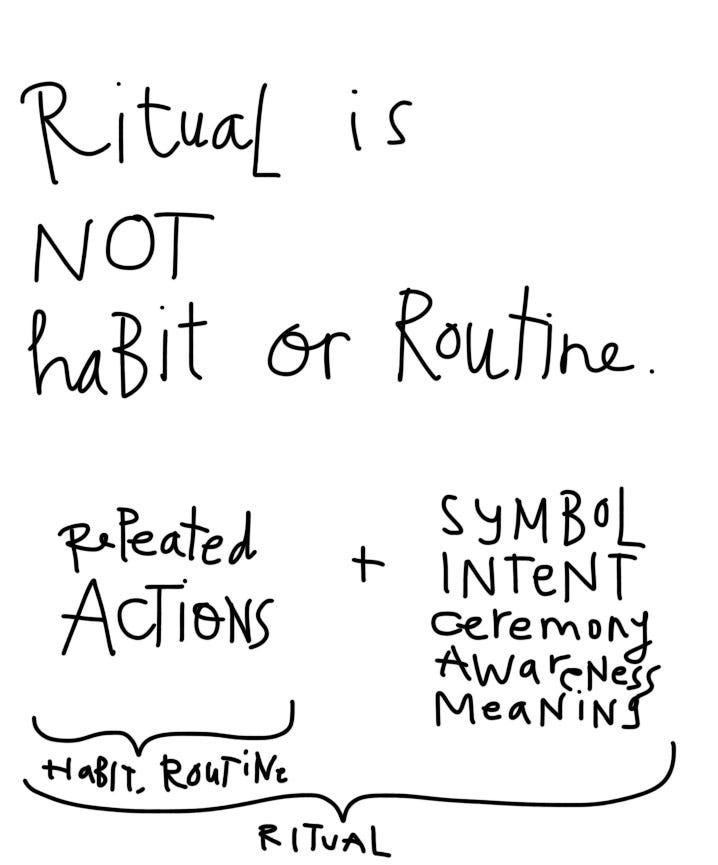
The purpose of a ritual can vary. It could help us to transition from one stage in life to another — like a graduation ceremony, a wedding, a baptism, or a funeral. It could solidify our belonging in a community or interest group — like in a football game, a hackathon, or a sorority.
Ritual at its core helps us to carve special moments of our routine, and sparks of meaning in what could be repetitive, dull everyday lives.
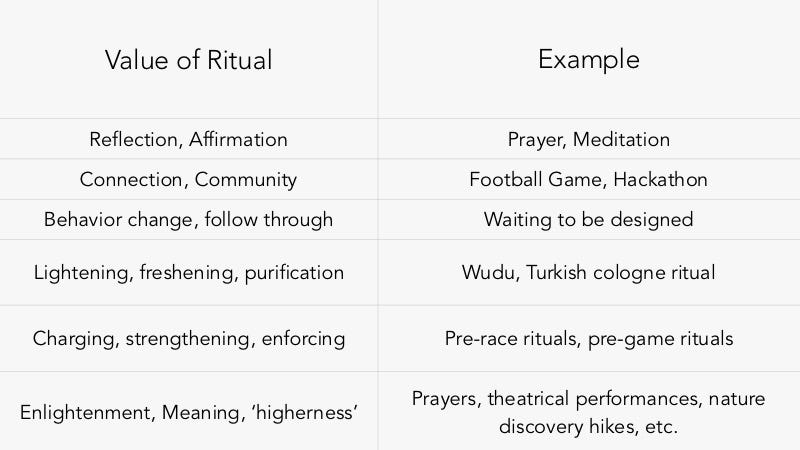
We’ve observed two main genres of rituals. First are rituals with a small letter “r”. These rituals are nimble, casual, and interpersonal. Think of your family’s Sunday morning breakfast, or your obsessive coffee ritual. These would be everyday routines, except they carry more meaning and symbolism.
The second genre is Rituals with a capital letter “R”. These rituals are majestic in their volume and stance. Religious rituals and sports events are in this category. These big-R Rituals are more coordinated, formalized, and large-scale. This distinction comes in important as we turn to the design of rituals.
Rituals have many values, usually including some combination of the following.
1) Community. When you practice a ritual that others have practiced before you — or that others are practicing at the same time as you — the actions make you feel connected to them. It takes you out of yourself and makes you part of a larger whole
2) Awareness & Intentionality. One of the main components of a ritual — that distinguishes it from a habit, a routine, or another repeated action — is that it involves your consciousness that something special is happening. It turns a special part of your brain on. You become more aware of what you are doing, and more intentional about what the meaning and symbolism of your actions are. This awareness breaks you away from thoughtlessness, repetition, monotony — it ideally makes you more tuned into higher meanings.
3) Spirituality. Ritual can call in meanings, magic, and the unexplainable. Ritual can invoke things that are not entirely rational, and pull out emotions that can best be described as spiritual. You may feel connected to higher forces, that are not normal & human.
Scoping out Ritual Design
Ritual design is a service-oriented experience design. It stands unique from a generic design process with a focus on symbols, values, narratives, and meaning.
When practicing Ritual Design, you try to tap into the non-functional, non-obvious, and emotional. Rather than the transactional and the logical, assuming a neat line between the user’s actions and outcomes, it’s about making a service journey that has twists, serendipity, and surprises.
When we talk about ritual design, we mean:
- Using the design process to create new rituals in our lives (whether it’s totally new actions/products, or taking an existing routine or habit and bumping it up into the world of rituals)
- Taking existing or historical rituals to guide the design of new products and services (like, studying how a fire god ritual exists, and then using its props and interactions to create new kinds of modern things)
- Designing ways to support our existing or lost rituals, to make the rituals we have more livable and better (like how to help us pray & meditate, how to help us keep up our family holidays)
We can think of Ritual Design in two main phases: the discovery and design phases. Ritual De is first of all the practice of discovering moments in people’s lives that are ripe for bringing meaning and values into their actions. It’s also about understanding their ‘ritual history and profile’ — what other kinds of rituals they have experience with, that carry meaning for them, and that could be remixed into new experiences.
Once discovered, it’s about designing novel interventions to make rituals for them, to bring meaning through interactions. In the design phase, it’s about crafting an arc of experiences, with at least one magical spark, that makes the experience stick as a ritual — something with meaning, that is not ‘ordinary’, that links into the user’s narrative about herself and her values.
When we practice Ritual Design, it matters whether we’re focused on small-r rituals or big-R Rituals. We’ve found that Ritual Design is situated more in the small-r genre, but it can draw inspiration from the majestic big-R Rituals.
For small-letter ritual design, a designer can either design a ritual or ritualize a service or product. A bedtime ritual, and a pre-race ritual can be good examples for designing of a ritual. We’ll explore more examples later on in the piece — first, though, we link Ritual Design into design for behavior change.
Ritual design is essential in behavior change, adding narrative and purpose
Behavior change (both for people and for organizations) is increasingly the mission of designers, social scientists, and software developers. Our guiding question is how can we help people live lives that are healthier, wiser, and more meaningful?
We propose that rituals are a core element in spurring behavior change and making it stick. We’ve been developing a ritual design framework that spells out how we can craft better products and services, that help people live the lives that they aspire towards, with values and satisfaction.
Behavior change models focus on motivation, ability, triggers, and feedback loops. These are the materials they use, to get people focused on goals and following through with achieving them.
Design communities are hungry and eager to apply these models into the context that they are active, like in healthcare, financial wellness, mental well-being, etc. Behavior change models are useful in the way that they give people tangible hooks to grasp the intangible behavior landscape.
However, the bigger picture question of why the person should change a certain behavior or get motivated is usually overlooked. In order to follow through a behavior change, the person needs to believe in a story and have a purpose. Ritual (with its mechanics) can provide the user with both the story and purpose necessary to make behavior change work.
How does ritual provide narrative and a purpose?
Narrative is in every ritual’s DNA. By marking a special moment in people’s daily lives, ritual is built upon a story — whether an epic or a short one. Such a story is a manifestation of people’s beliefs, and values.
A ritual marks an event where the ordinary is suspended for a certain time, and a magic moment occurs, giving the person a perspective and a narrative about how their life is meaningful. While doing so, she either identifies herself with a story that’s told before, or creates her own story. In the journey to changing a behavior, she is rewriting part of her life narrative — either a small or a major part.
Ritual can be a way to consciously alter your actions and daily routines. If you want to change how you act and think, ritualizing new modes of action and thought can make them more sticky. Ritual will invoke something special and also giving a narrative flow to your behavior change efforts.
Think of pre-race rituals for people who are training for an athletic event, like a triathloner. She is redefining part of her life narrative, and telling the story that she is now a different kind of person who is persevering and self-disciplined. To manifest this life story, she needs an instance of this story in her life. Ritual is that manifestation of her belief and story.
Ritual design can complement the behavioral design approaches by providing the deeper dimensions of purpose, belief, and life narratives that can help a person to follow through a behavior change.
The Ritual Design Landscape today
To see the power of rituals in behavior change (and beyond), there is a small but growing set of examples of rituals in action. We lay them out here in a few categories.
1. Design a product or service to create a ritual. In the behavior change space, we see some new products that specifically try to get the users to create rituals to reinforce healthier, wiser behaviors.
For example, in the personal wellness space, Fabulous is the closest one that leverages the power of rituals. In the app, there’s an overarching elite athlete narrative — you can become the best, healthiest, most powerful version of yourself. To be part of that narrative, the app asks you to set regular daily rituals for yourself, and then guides you through them each day along with special music and interactions.
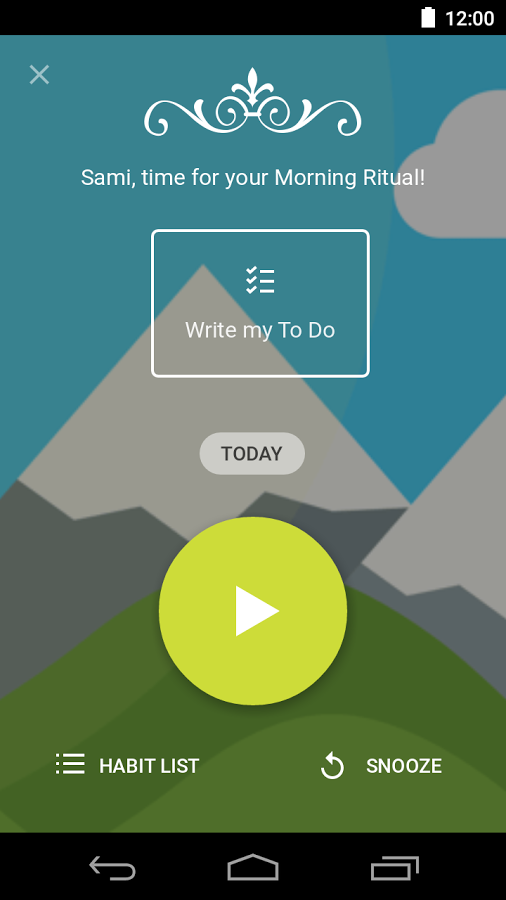
2. Ritualize a product/service experience. Another category of ritual design efforts are about using ritual elements to improve a certain product or service, and bring meaning and special work unto them.
Apple products, for instance, have this ritualization with its meticulously designed packaging. When we open an Apple product out of its original packaging, it reminds of us of elaborate gift rituals, as well as the organization of Japanese bento. (For Zen inspired design, check Kenji Ekuan).
Jony Ives, Apple’s design guru, explicitly reported that they crafted opening rituals for when customers first met their product — to make this meeting feel like a special, momentous occasion.
“I love the process of unpacking something. You design a ritual of unpacking to make the product feel special. Packaging can be theatre, it can create a story.” — Jony Ives, in Walter Isaacson’s biography Steve Jobs
Anything related to coffee and coffee making has been a ritualized experience. In this specific example, the designer ritualizes the morning wake-up experience with an automated coffee maker connected to the alarm clock.
3. Support a Ritual through a product. Regarding the capital-R Ritual genre, a designer can design artifacts to support existing Rituals, or to choreograph these Rituals in better ways. The smart device Prayer Companion (below) designed by Gaver, et al. is a design for supporting the ritual of prayer. It gives nuns prayer prompts (people in need of prayer) across the Globe to support their daily prayers.
4. Choreographing big-R Rituals
More ambitiously, a designer can choreograph a big-R Ritual — defining the steps, people, and outcomes of how a large-scale Ritual will proceed.
A festival can be defined as a typical Ritual. This kind of ritual is a collective effort, requiring many moving parts including philosophical grounding, people management, content, logistics, and operations. A festival can be more like a happening, an event that marks a certain set of values, artistic expression, or principles. In that sense, it’s hard to design such a Ritual. And it’s hard to imagine a designer for such huge undertaking. The designer in this type of Ritual is more like a choreographer, a curator, or an organizer.
Think of Burning Man as a Ritual. It started our of a small ritual experience that its Chief Philosophical Officer had. Out of a need for catharsis, he (along with a group of people) burned a sculpture in Baker Beach, San Francisco. This “manifestation of a creative impulse” now is a festival with 70,000 people.
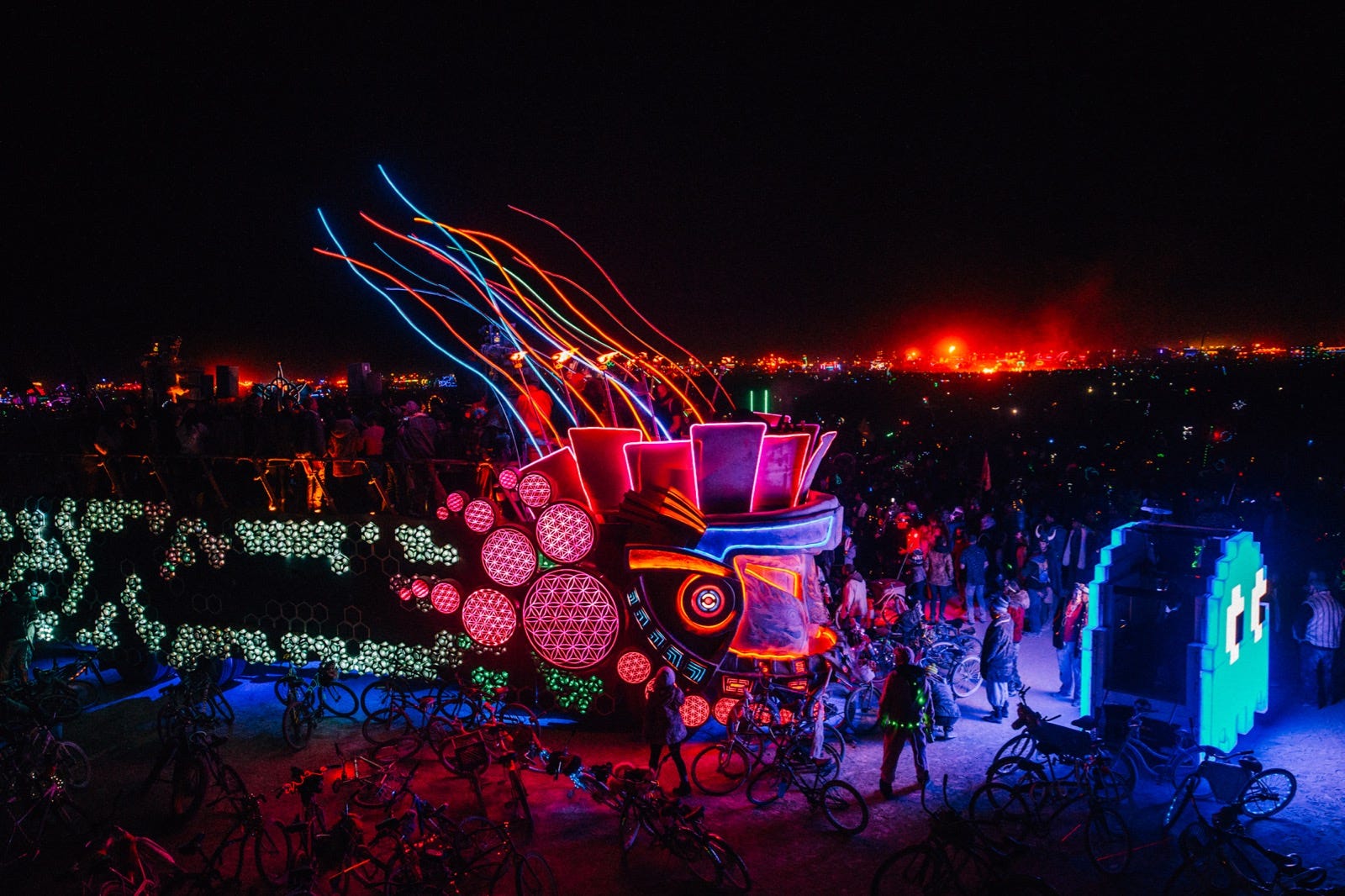
Burning Man is inspirational with its co-creative spirit and core principles driving its formation. It grew out of rituals, and is choreographed in its current rituals.
This introductory piece gives a sense of how rituals can be useful in the design process, specifically for behavior change and for meaningful designs. We see three main kinds of ritual designs now: 1. Products that try to help people create new rituals, 2. Service flows and product designs that aspire to be rituals themselves, 3. Products that support existing rituals, and 4. Designing and choreographing large-scale Rituals.
We know that there are many other kinds of apps, tools, services, and organizations that could be tapping into the power of rituals, to make more engaging and meaningful experiences for their users.

In that vein, we led two large design workshops (aka pop-up classes) at Stanford d.school in 2015 to explore how to best use ritual design for behavior change in small, personal moments. We used these pop-ups to examine our hypotheses about ritual designs and to open up the space of what kinds of new ritual designs were possible.
In our upcoming posts, we’ll dive into the methods we used and the designs that were created. Stay tuned!
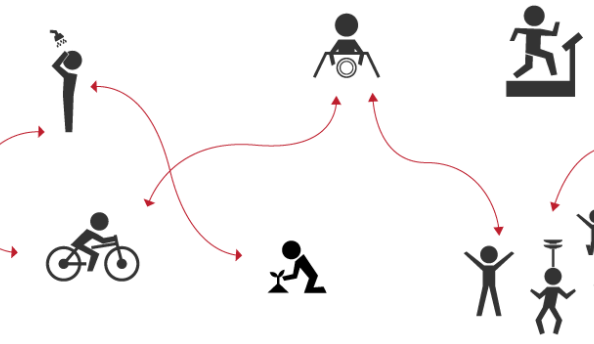
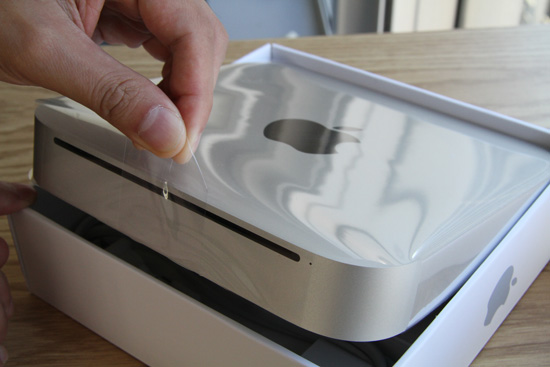
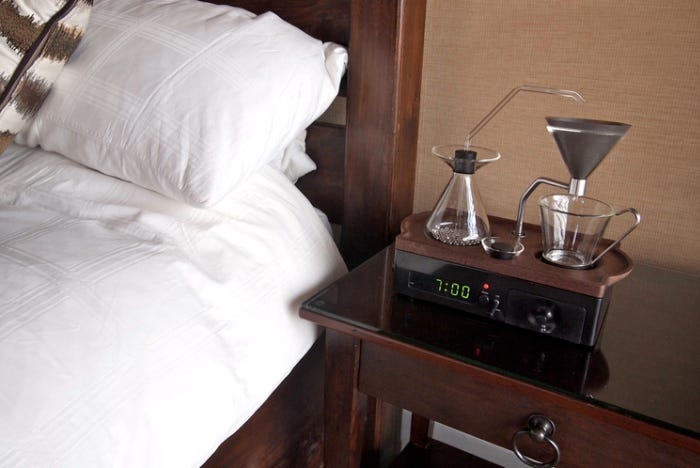
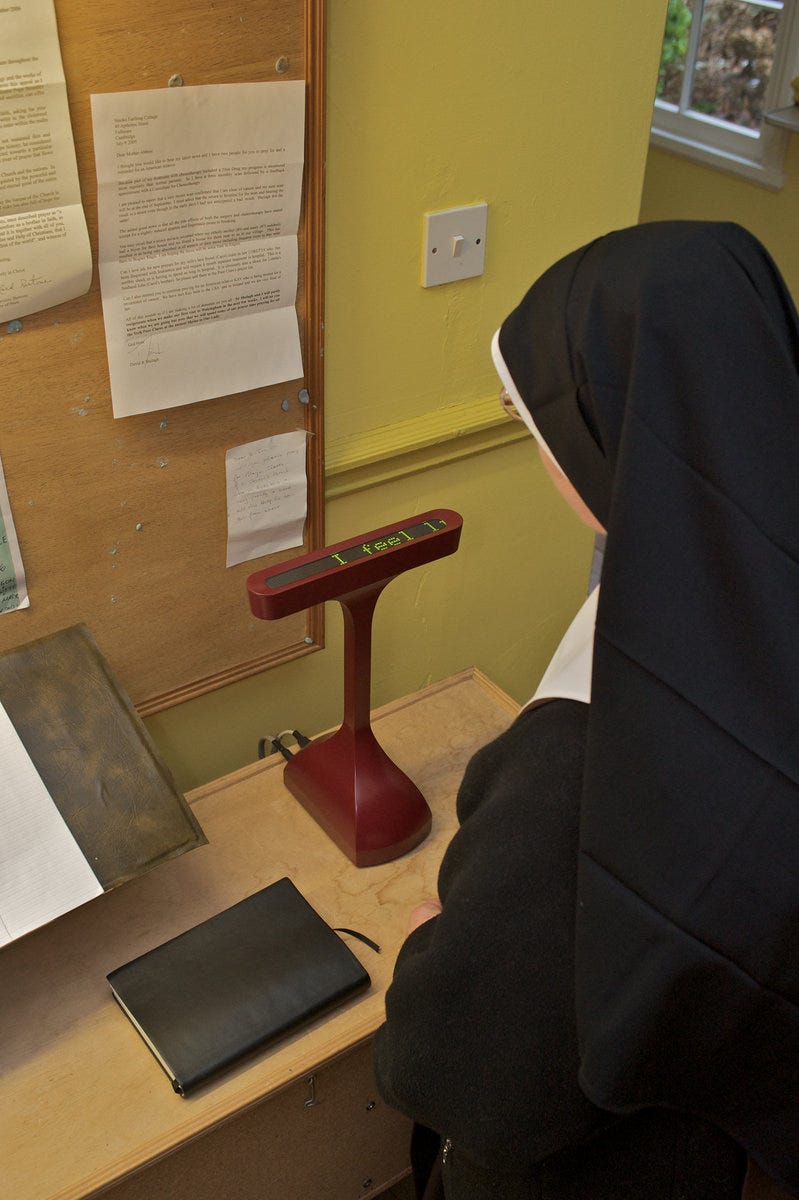
Comments 2
Excellent introduction. What other resources exist to help those already immersed in trying to utilize ritual to change culture? Thank you!
We will be updating the site with more of these org-focused rituals soon. Stay tuned!